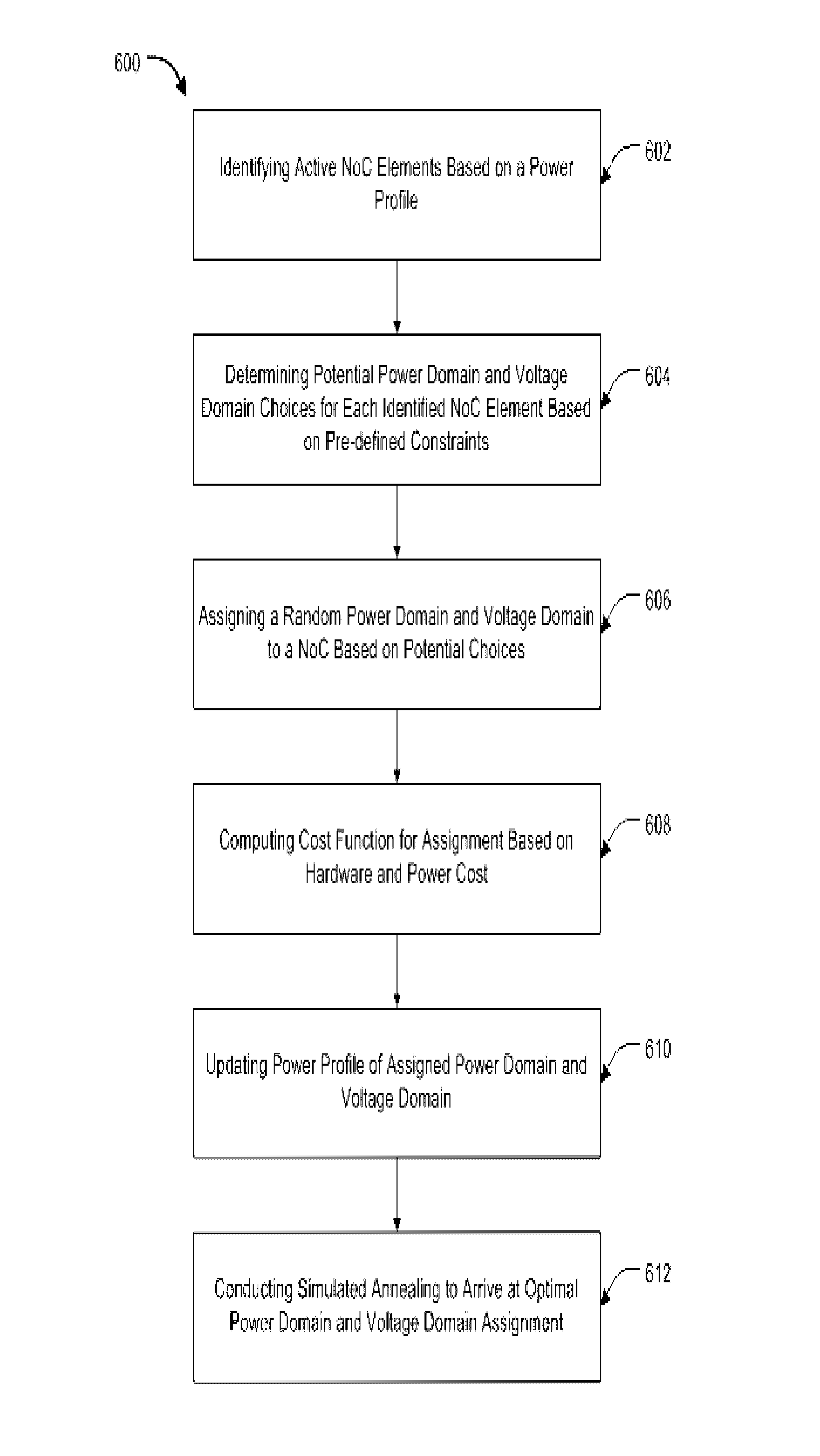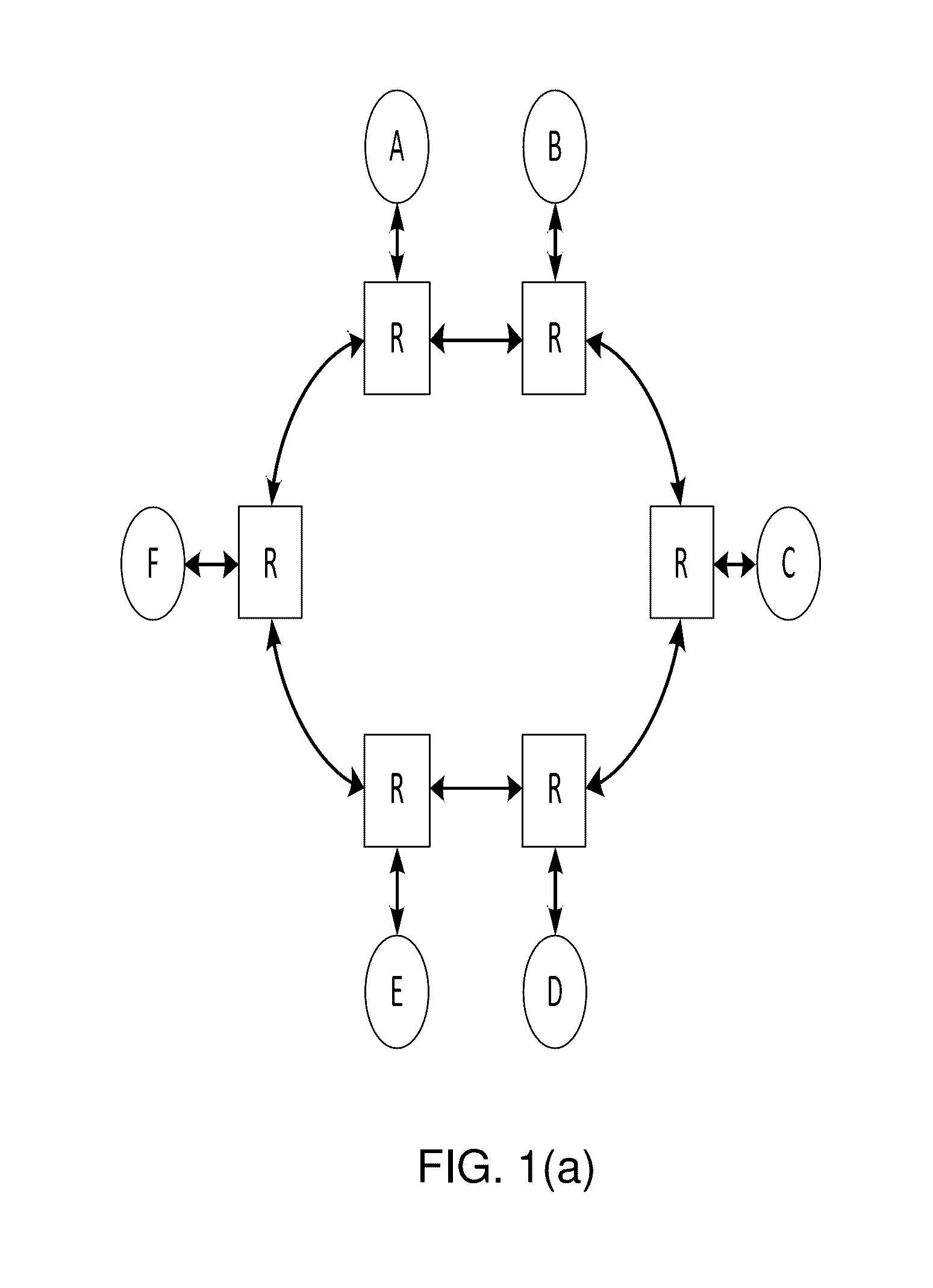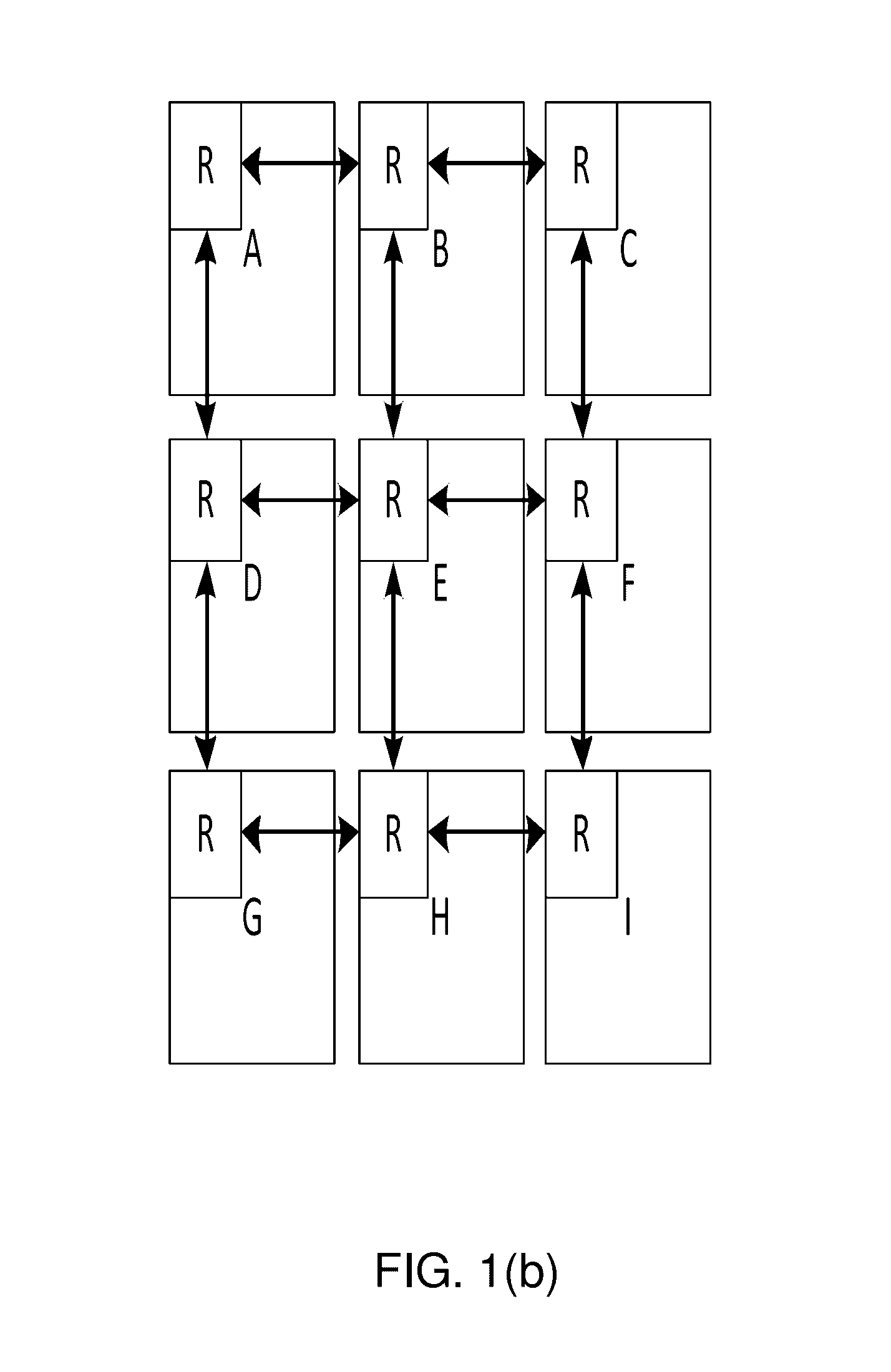Automatic power domain and voltage domain assignment to system-on-chip agents and network-on-chip elements
a technology of power domain and voltage domain, applied in the field of interconnect architecture, can solve the problems of complex routing form, inability to analyze and implement dimension order routing, and rapid growth of components on the chip, so as to reduce/minimize static power consumption and reduce/minimize hardware area
- Summary
- Abstract
- Description
- Claims
- Application Information
AI Technical Summary
Benefits of technology
Problems solved by technology
Method used
Image
Examples
Embodiment Construction
[0040]The following detailed description provides further details of the figures and example implementations of the present application. Reference numerals and descriptions of redundant elements between figures are omitted for clarity. Terms used throughout the description are provided as examples and are not intended to be limiting. For example, use of the term “automatic” may involve fully automatic or semi-automatic implementations involving user or administrator control over certain aspects of the implementation, depending on the desired implementation of one of ordinary skill in the art practicing implementations of the present application.
[0041]A distributed NoC interconnect connects various components of a system on chip (SoC) with each other using multiple routers and point to point links between the routers. Traffic profile of a SoC includes transactions between various components in the SoC and their properties (e.g., Quality of Service (QoS), priority, bandwidth and laten...
PUM
 Login to View More
Login to View More Abstract
Description
Claims
Application Information
 Login to View More
Login to View More - R&D
- Intellectual Property
- Life Sciences
- Materials
- Tech Scout
- Unparalleled Data Quality
- Higher Quality Content
- 60% Fewer Hallucinations
Browse by: Latest US Patents, China's latest patents, Technical Efficacy Thesaurus, Application Domain, Technology Topic, Popular Technical Reports.
© 2025 PatSnap. All rights reserved.Legal|Privacy policy|Modern Slavery Act Transparency Statement|Sitemap|About US| Contact US: help@patsnap.com



